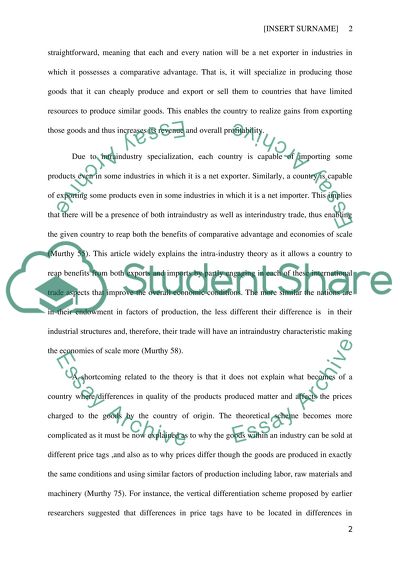Cite this document
(“International Economic Relations Essay Example | Topics and Well Written Essays - 1500 words - 1”, n.d.)
Retrieved from https://studentshare.org/macro-microeconomics/1698409-international-economic-relations
Retrieved from https://studentshare.org/macro-microeconomics/1698409-international-economic-relations
(International Economic Relations Essay Example | Topics and Well Written Essays - 1500 Words - 1)
https://studentshare.org/macro-microeconomics/1698409-international-economic-relations.
https://studentshare.org/macro-microeconomics/1698409-international-economic-relations.
“International Economic Relations Essay Example | Topics and Well Written Essays - 1500 Words - 1”, n.d. https://studentshare.org/macro-microeconomics/1698409-international-economic-relations.


